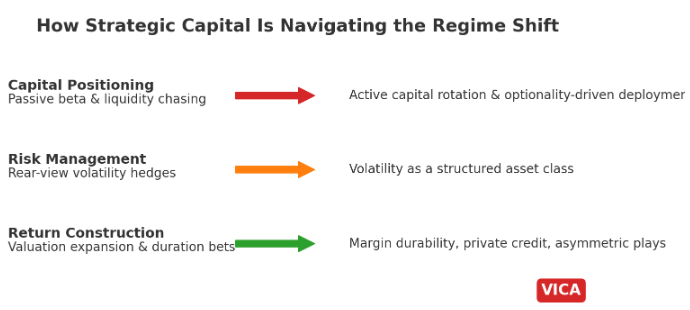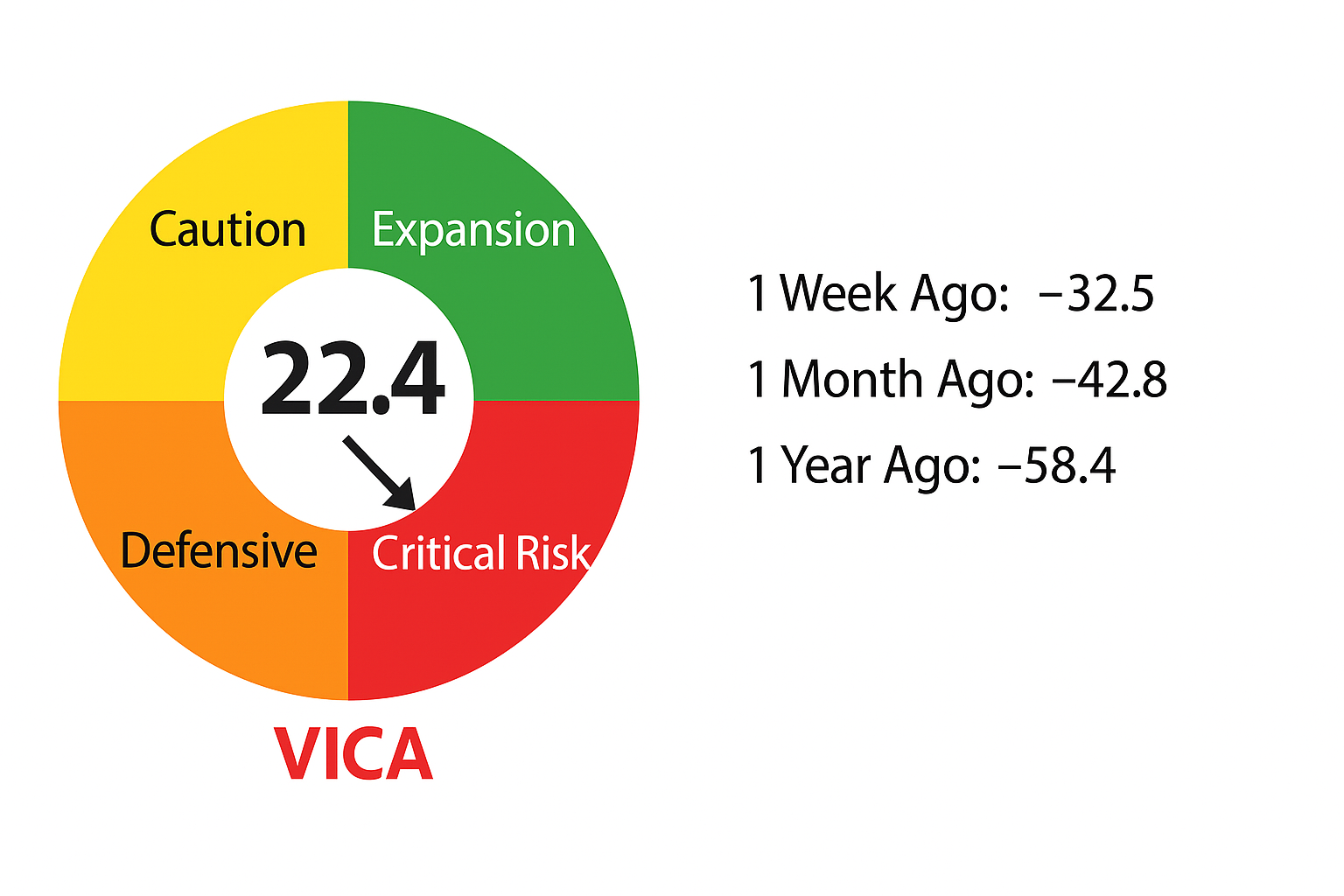Recognizing good companies that are trading at reasonable prices requires a combination of fundamental analysis and valuation techniques. Here are some steps you can follow to evaluate companies:
Define your investment criteria: Determine the characteristics you consider important, such as industry, growth potential, financial stability, dividend history, etc.
- Research the company’s fundamentals: Look at the company’s financial statements, including the income statement, balance sheet, and cash flow statement. Focus on key metrics like revenue growth, profitability, debt levels, and cash flow generation. This analysis will give you an understanding of the company’s financial health and performance.
- Understand the competitive advantage: Consider the company’s competitive position within its industry. Look for factors that give it an edge, such as strong brands, intellectual property, economies of scale, or a unique product or service. A sustainable competitive advantage can contribute to long-term success.
- Identify talent, management teams: Assess the quality and track record of the company’s management team. Look for experienced leaders with a strong vision and a history of making sound strategic decisions. Management plays a crucial role in the success of a company.
- Work-through valuation ratios: Determine the company’s valuation by comparing it to industry peers and historical averages. Common valuation ratios include price-to-earnings (P/E) ratio, price-to-sales (P/S) ratio, and price-to-book (P/B) ratio. Compare these ratios to industry benchmarks to assess if the company is undervalued or overvalued.
- Determine growth prospects: Analyze the company’s potential for future growth. Look at factors like industry trends, market opportunities, new product launches, or expansion into new markets. A company with strong growth prospects may be worth considering even if it is trading at a higher valuation.
- “Personally” monitor the company’s news and events: Stay updated on the latest news and developments related to the company. This includes earnings reports, product announcements, regulatory changes, and industry trends. This information can help you make informed decisions and identify buying opportunities.
Keep in mind that investing in the stock market carries risks, and no method can guarantee success. It’s important to conduct thorough research, diversify your portfolio, and partner with professionals.



